- Rinse any dirt and detritus off the strawberries. Pat dry and then let them continue to air dry on a paper towel (make sure they are dry before dipping them - water and chocolate don't mix). Cover a cooking sheet or some plates with parchment paper or foil.
- If using a microwave, heat the chocolate in a microwave-safe bowl at medium power for 20 seconds at a time. Make sure to scrape and stir the chocolate each time before heating again. Do so until MOST of the chocolate is melted - at that point, just keep stirring, and the remaining little pieces should melt themselves without the microwave's help. If, partway through dipping the strawberries the chocolate gets too thick, heat it again at medium power for 10 seconds.
- If using a stove and the bain marie method, pour about an inch's worth of water into a small pot, and then use a metal bowl that can sit on top of the pot without the bottom touching the water. Heat the pot until the water is lightly simmering (this may be less than you think - when you cover the pot with the bowl, the higher pressure can bring the water to a higher boil than anticipated). Put the chocolate into the bowl, and make sure to mix it while it melts. When removing the bowl, have a kitchen towel handy - steam will have gathered on the bottom of the bowl, and it can drip down and burn you if you don't mop it up immediately. Remember to be careful not to let any steam or drips of water get inside the bowl. (I like to keep the pot simmering on the stove while I dip the strawberries - if the chocolate gets too thick as it cools, I just set the bowl back on the pot for a few seconds, stirring, and then I'm ready to dip again.)
- Pour the cacao nibs into a small bowl. Dip the strawberries in the melted chocolate to coat them, then dip one side of the strawberries into the cacao nibs. (I find you don't really need more than one side to be covered, otherwise they can be overwhelming.) Set the strawberry, non-nibbed side down, on the parchment paper to cool and set.
- Once you have dipped and covered all the strawberries, if you are impatient to eat them, you can move the cookie sheet or plates to the refrigerator or freezer for a few minutes. Dust with powdered sugar if you wish for presentation.
If you have leftover chocolate (and want to save it as opposed to simply licking it off the bowl), you can pour it out onto a parchment-lined plate or just a piece of foil and leave it in the fridge to harden for some homemade chocolate pieces. Clean-up of the chocolate bowl can be a tough process - I've found the best way is to first wipe out the bowl with a paper towel before the chocolate gets too set, and then to make sure to wash it with hot water. If you use cold water, the chocolate will merely set, and smear under scrubbing without coming off. If I'm handwashing after using the bain marie method, I just use the hot water from the pot to rinse out the bowl.
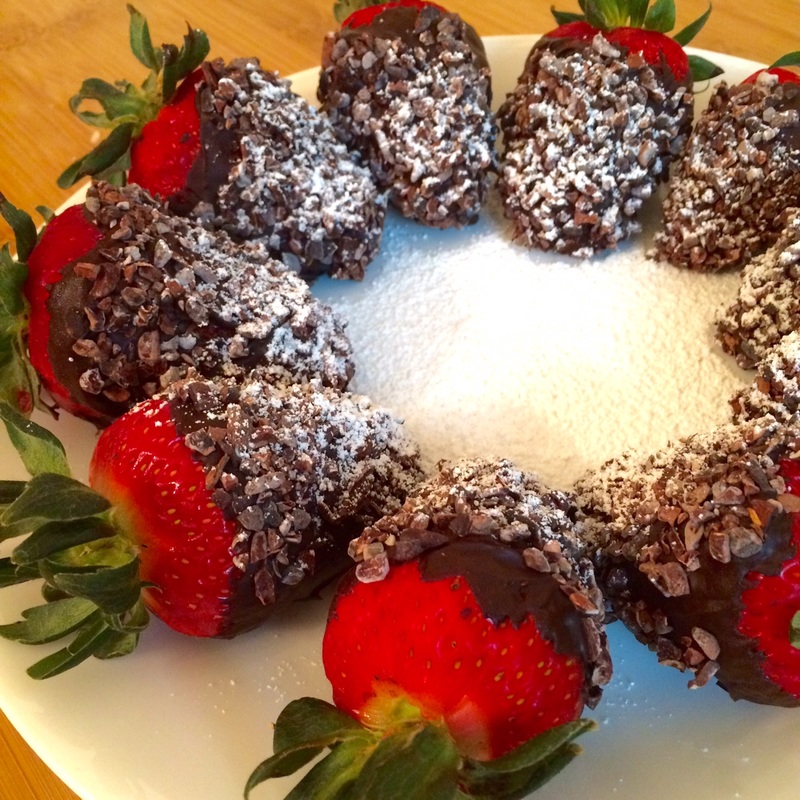
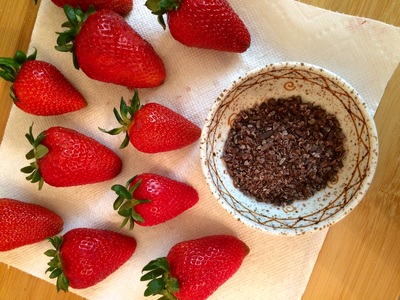
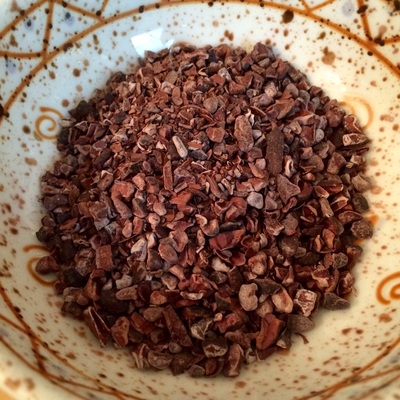
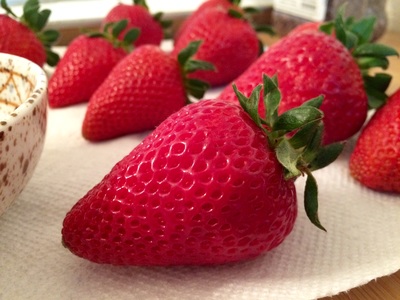

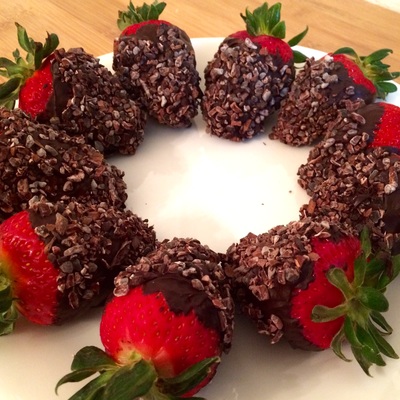
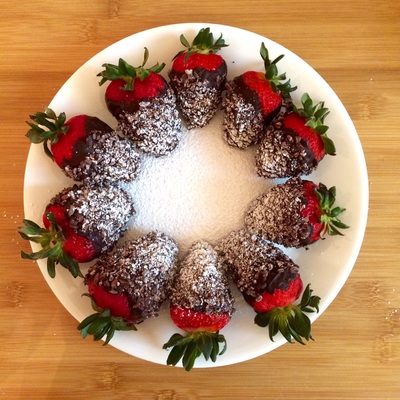
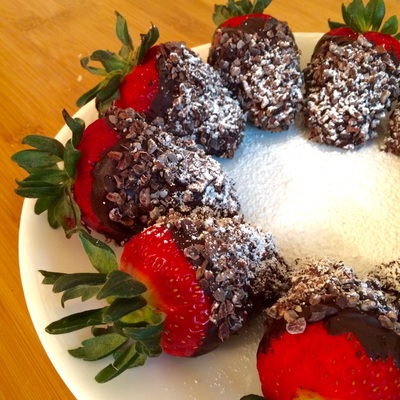
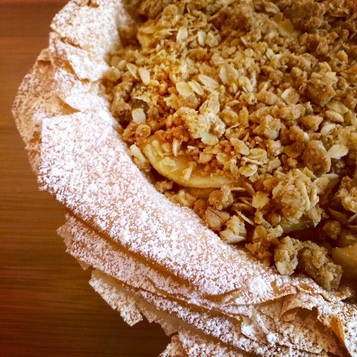
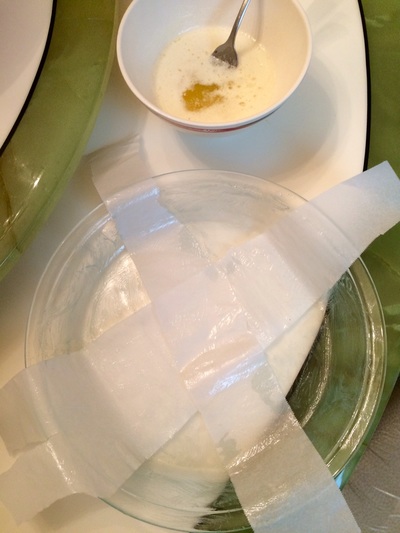
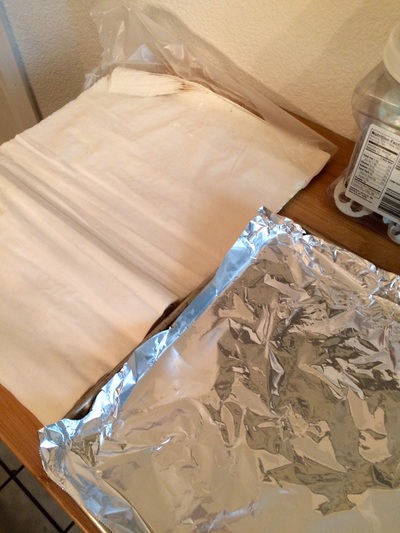
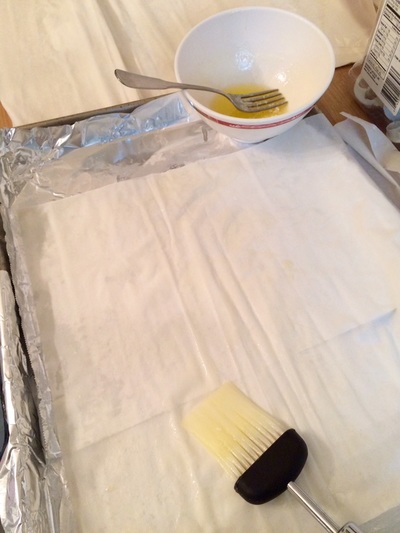
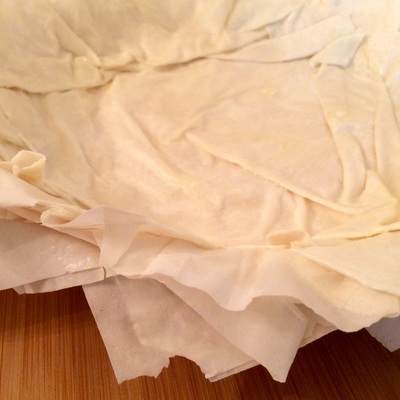
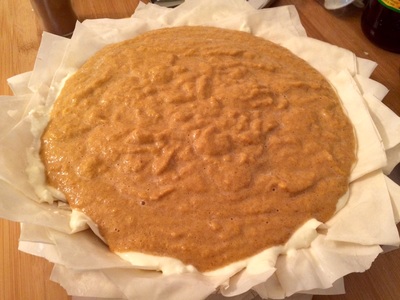
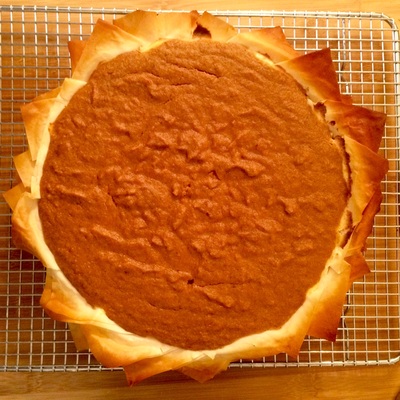
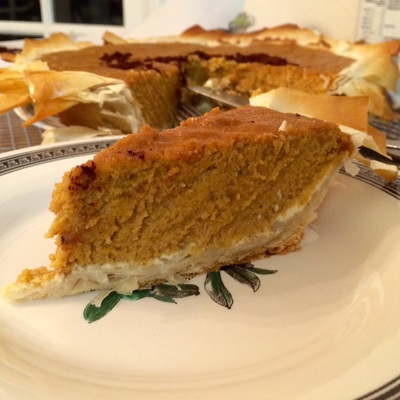
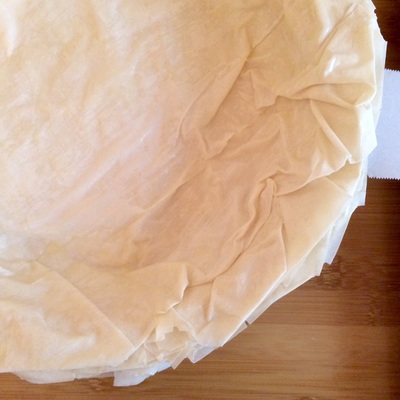
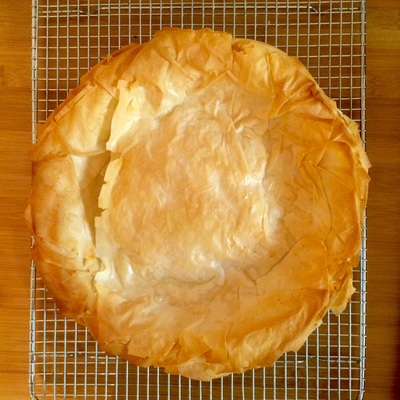
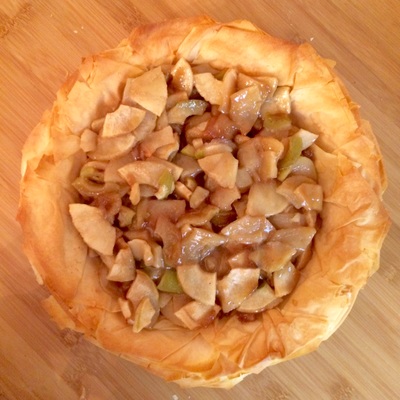
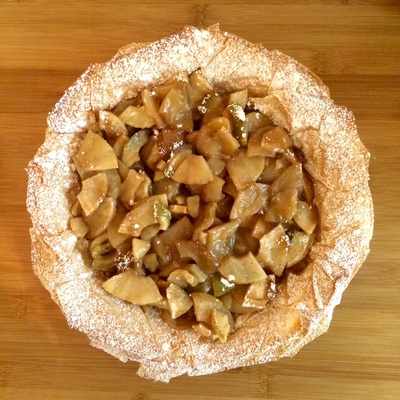
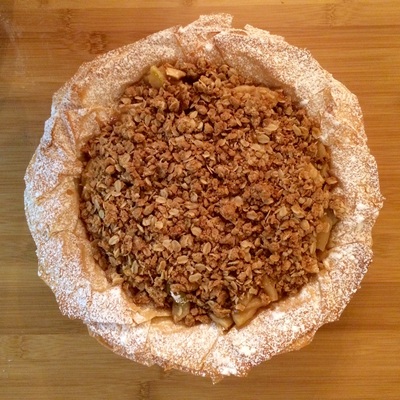
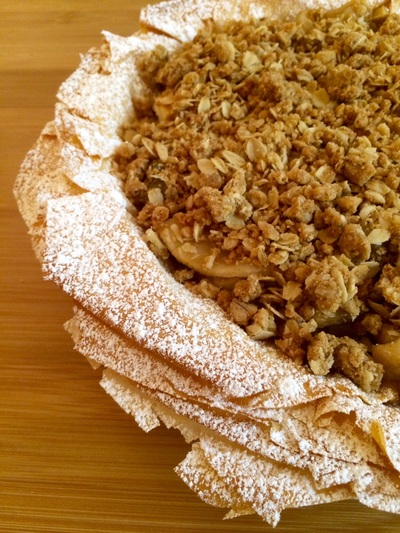
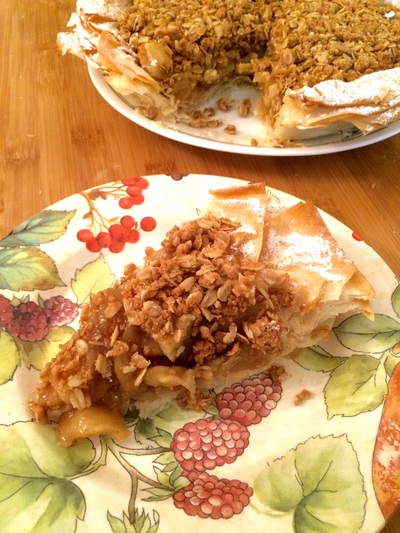

 RSS Feed
RSS Feed